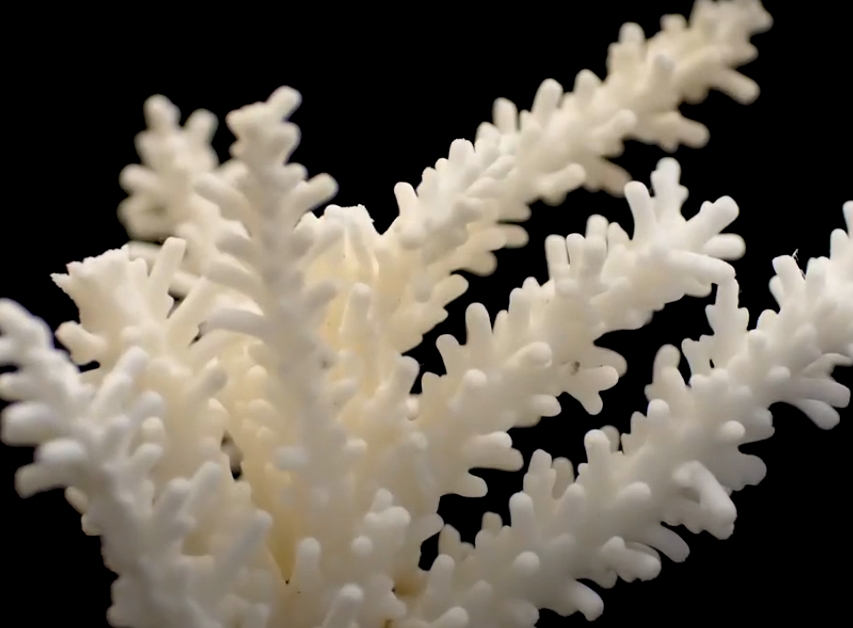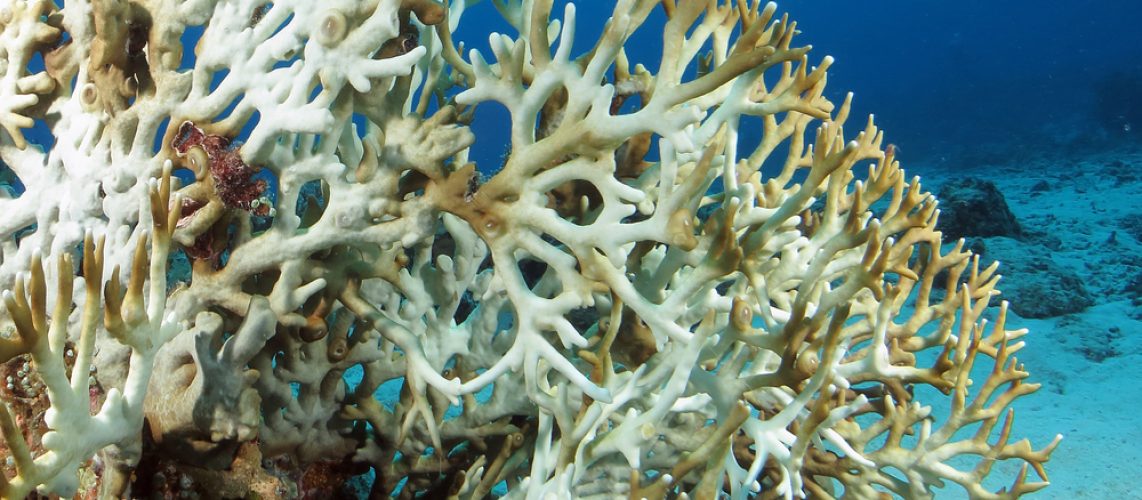Corals host microalgae, called zooxanthellae, in their tissues. They are the ones that give the corals their colors. Depending on the pigments they contain, corals abhor pretty hues ranging from orange brown to purple.
These algae live in symbiosis with the coral, which means that everyone benefits.
Coral is carnivorous and feeds on small animals that pass by but this does not provide it with enough energy to grow and reproduce. About 75% to 90% of the coral’s needs are supplied by algae. Through the process of photosynthesis and in the presence of light, algae transform mineral salts (nitrogen and phosphorus) into organic matter, while consuming carbon dioxide and releasing oxygen. The coral brings the carbon dioxide it rejects by consuming oxygen during its respiration.
When the algae leave, the coral turns white.
Why do corals bleach?
When the algae are stressed, they are expelled by the coral and it is then that their transparent tissues reveal the white skeleton. This stress is caused either by bacteria or viruses (the corals are then sick) or by pollutants, or by the rise in temperature of the sea water.
It is this last point that worries climate specialists. According to the special report “The Ocean and Cryosphere in the Face of Climate Change” published by the Intergovernmental Panel on Climate Change (IPCC) in September 2019, the ocean has absorbed more than 90% of the heat accumulated in the atmosphere by the greenhouse effect since the industrial revolution!

Marine heat waves (comparable to our terrestrial heat waves) are likely to become 20 times more frequent even if the increase in atmospheric temperature is maintained at 2°C.
These heat waves are harmful to coral reefs, 90% of which are likely to disappear.
Read more:







